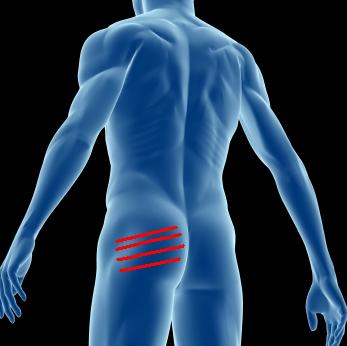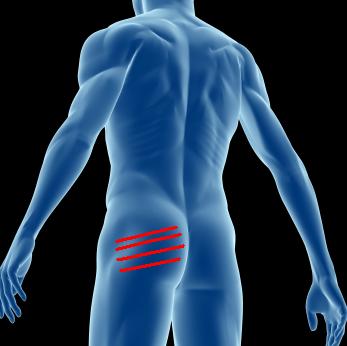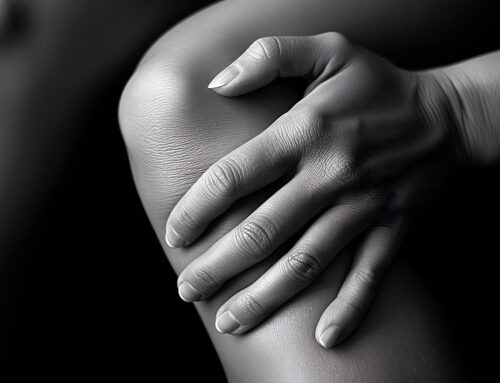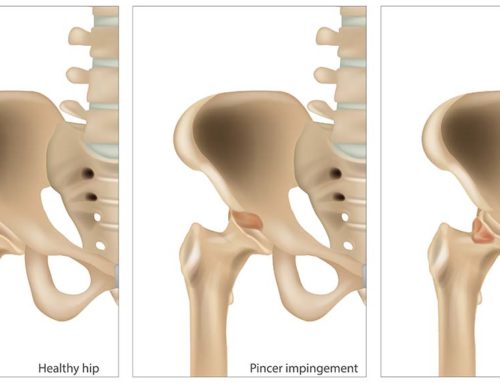Piriformis Syndrome
Piriformis syndrome occurs when the sciatic nerve is compressed by the piriformis muscle. As discussed in a previous blog, “sciatica” is pain in the distribution of the sciatic nerve. This can cause symptoms in the buttock, posterior thigh and or lower leg and foot.
Piriformis Muscle
The piriformis muscle is a small muscle located in the area of your buttock. It lies beneath the larger, more powerful gluteal muscles. Specifically, it runs from the edge of the sacrum to the top of the femur and functions to externally rotate the hip (the motion of turning your foot outward). The location of this muscle with relation to the sciatic nerve makes it the topic of discussion for many practitioners and researchers alike.
The Sciatic Nerve and Piriformis Syndrome
The sciatic nerve is located underneath the piriformis muscle. For some, however, the nerve passes right through the muscle. There is much debate in the literature as to the actual incidence of piriformis syndrome and whether or not it is overdiagnosed by manual practitioners. This continues as an ongoing debate.
Symptoms of Piriformis Syndrome
Research has indicated that true piriformis syndrome typically has 4 defining characteristics:
- Pain in the region of the buttock.
- Sciatic pain that is often aggravated by prolonged sitting.
- Tenderness to touch in the buttock area (sciatic notch tenderness).
- Reproduction of pain with active or resisted external rotation of the hip.
What Causes Piriformis Syndrome?
Piriformis syndrome can occur for various reasons. Some of these reasons include overuse or thickening of the piriformis muscle, spasm or tightening of the piriformis, continued external pressure to the area, and congenital variations in the piriformis or the course of the sciatic nerve. There are many activities and various sports that place large demands on this relatively small muscle. These demands can cause injury to the muscle or surrounding fascia, leading to adhesions or scar tissue, possibly interfering with the path of the sciatic nerve.
Diagnosing Piriformis Syndrome
It is important to note that although one may have all of the symptoms listed above, there are several other conditions that mimic piriformis syndrome. Lumbar intervertebral disc herniations, stenosis within the lumbar spine or space occupying lesions are just a few of the more common conditions that share similar symptoms. As always, the most important step you can take if you have any of these symptoms is to see a qualified health practitioner who has the education and training to properly diagnose your condition.
Treatment of Piriformis Syndrome
Piriformis syndrome can be treated in a variety of ways. Our clinic has found success using different approaches like active release technique, laser therapy, graston and acupuncture. The piriformis syndrome treatment that is right for you depends on a number of factors… too many to list here. If you think you may have piriformis syndrome and are looking for help, please contact us at [email protected]
References
Hopayian K, Song F, Riera R, Sambandan S. The clinical features of piriformis syndrome: a systematic review. European Spine Journal 2010; 19: 2095-2109.









